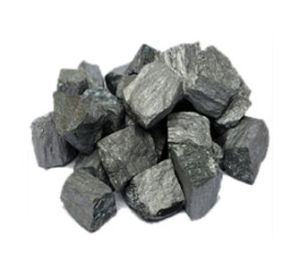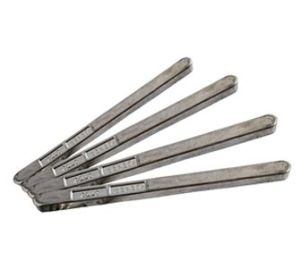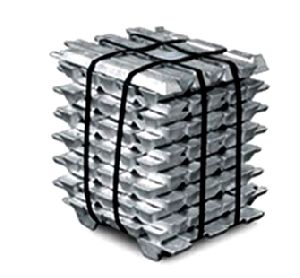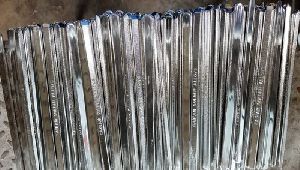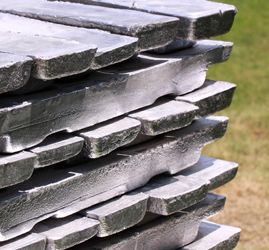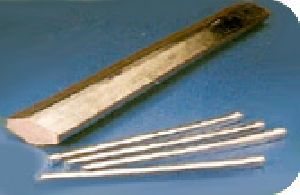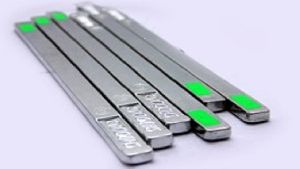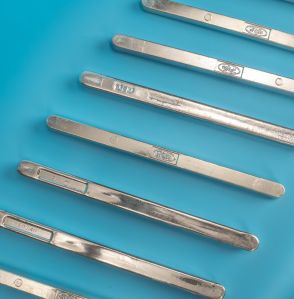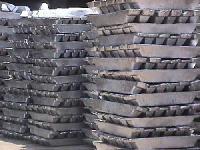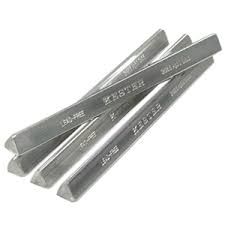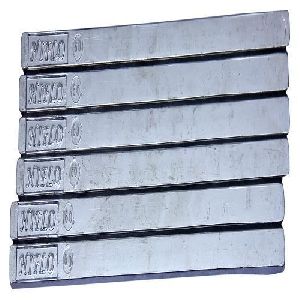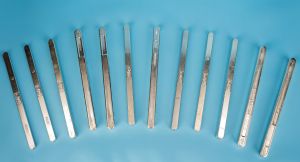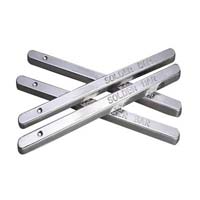MD NMS Sekar, a pioneer in the lead industry with more than 35 years of experience. A continuous learner who keeps abreast with a latest development in the industry. A frequent traveller all over the world, always looking to upgrade current pr... more
MD NMS Sekar, a pioneer in the lead industry with more than 35 years of experience. A continuous learner who keeps abreast with a latest development in the industry. A frequent traveller all over the world, always looking to upgrade current practices. The company's main products are pure lead, lead alloys, lead sub oxide, red lead, solder bars, tin ingots and zinc ingots. Fifty percent of the raw materials are imported. The rest is sourced from Metals and Minerals Trading Corporation of India (MMTC) , Hindustan Zinc Limited (HZL) and other local sources
Less 